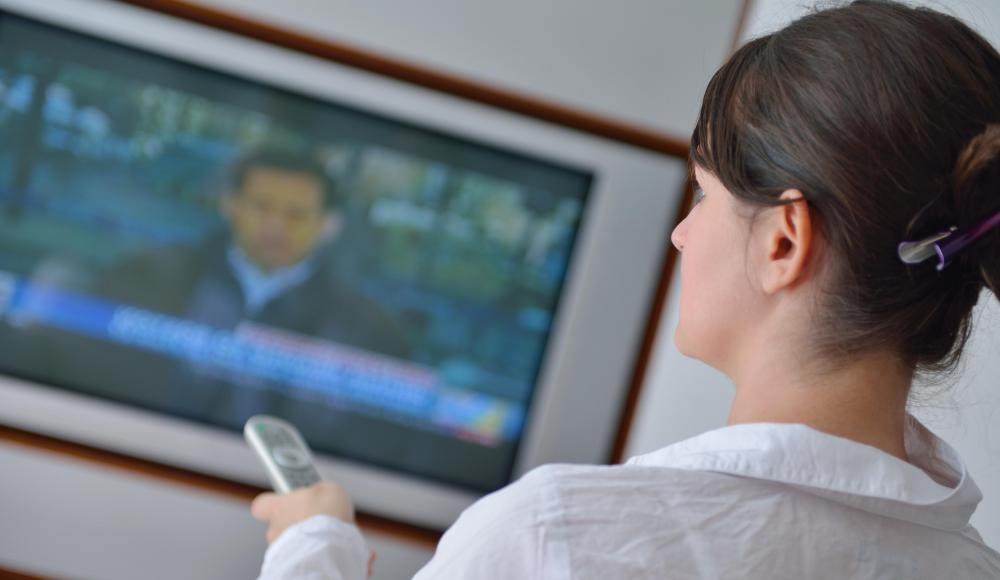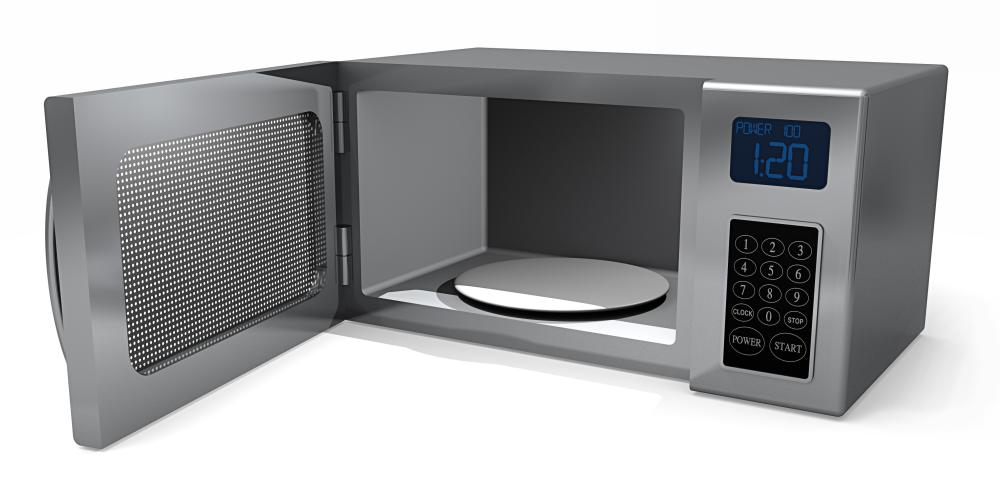At EasyTechJunkie, we're committed to delivering accurate, trustworthy information. Our expert-authored content is rigorously fact-checked and sourced from credible authorities. Discover how we uphold the highest standards in providing you with reliable knowledge.
What is a Video Transmitter?
A video transmitter is a device which carries either video-only, or video and audio signals from one location to another. In theory it could involve cabling, but the term is usually used to refer to wireless transmission.
A video transmitter will normally come in the form of two components. One is the transmitter, or "sender," which connects to an input signal, for example plugging in between a cable box and a television set. The other is the receiver which picks up the signal and delivers it to a screen such as a television set. It's usually possible to have more than one receiver working with a single transmitter.

One use for a video transmitter is to carry television signals from one room in a house to another. This might be useful if, for example, you have a cable TV box or satellite receiver in your living room and want to be able to watch it in your bedroom at night time. Bear in mind that a transmitter does not act as a twin-tuner, meaning you can't use it to watch different channels on different TVs. You should also look for a model which carries remote control signals from the receiver to the signal otherwise you won't be able to change channel.

Many people using a video transmitter may find that the picture suffers from interference. This is often caused by other wireless devices such as a wireless internet connection or a cordless telephone. To eliminate this problem, you should read the instructions for both the transmitter and the other devices to see if they allow you to change the channels used for broadcasting so you can eliminate any conflicts. To minimize interference, you should try to locate the transmitter and sender so that the signal takes the shortest route possible while avoiding particularly thick walls and ceilings. You may also find that a microwave oven can cause interference.

You can also use a video transmitter to carry signals from a security camera or entryphone. Different packages available can let you simply view the picture on a monitor, or record it to a hard drive in case you later need to review the footage. There is an incredible range of options available at widely different prices, so you will need to be careful you get a setup which meets your needs but doesn't waste money. Remember that many cheaper video senders operate on the same frequency, so using regular consumer equipment may mean people nearby with their own video transmitter may be able to view the footage. This means you should strongly consider getting a professional installation if any of the footage you are transmitting has security implications.
AS FEATURED ON:
AS FEATURED ON:













Discuss this Article
Post your comments